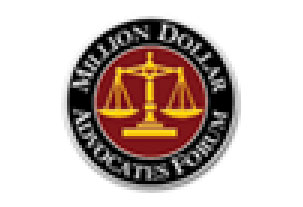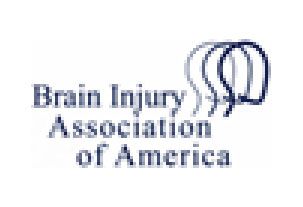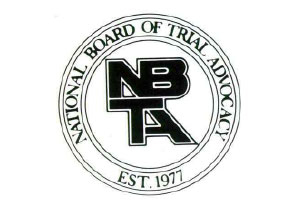What is Shoulder Dystocia? How does this Lead to Erb’s Palsy?
Is My Doctor Responsible for my Child’s Birth Injuries?
Does your newborn have issues moving his or her arms? Were there complications or delays during the birthing process that left you feeling uneasy? You may want to talk to our birth injury attorneys about shoulder dystocia.
Unfortunately, many shoulder dystocia incidents occur because of errors on the part of medical providers. Shoulder dystocia occurs when a baby’s head is delivered, and his or her shoulders are stuck behind the mother’s pelvic bone. In many of these cases, when a doctor fails to act quickly, a baby’s brachial plexus can stretch and tear, resulting in nerve damage, which can affect the child’s range of motion for life. Complications resulting from shoulder dystocia include Erb’s palsy, which can have devastating consequences.
What are the Risk Factors Associated with Shoulder Dystocia?
According to the American Family Physician, the overall incidence of shoulder dystocia varies based on a baby’s fetal weight. The larger your baby is, the more at-risk he or she may be to sustain a brachial plexus injury. While it is estimated that shoulder dystocia occurs in 1 percent of vaginal deliveries, some experts believe that incidents may be under reported, as doctors may fail to admit to mistakes or symptoms may arise in children later in life.
Sadly, 10 percent of shoulder dystocia cases are severe, and may require extensive and grueling therapy in order to assist the injuries sustained by a newborn associated with a botched delivery.
How Does Shoulder Dystocia Affect a Child?
Children with brachial plexus injuries are affected in a variety of ways. For example:
- Some children have no muscle control and no feeling in the arm or hand.
- Some children can move their arms but have little control over their wrist and hand.
- Some children have use of their hands but no use of their shoulder or elbow muscles.
- In the most severe cases, an entire arm is paralyzed and the hand and fingers hang limp.
- Sometimes there is facial paralysis on the affected side of the body.
- Some children are unable to sit up without assistance.
- Some children are unable to crawl without therapeutic devices.
In addition to these problems, if there are delays during a dystocia event, a lack of oxygen to a child can result in brain injuries, as well as cerebral palsy and fetal death.
What is Erb’s Palsy?
Regrettably, Erb’s palsy is the most common form of brachial plexus injury. Although it can occur from shoulder dystocia, it is not exclusive to the event. Erb’s palsy results in the paralysis of the arm caused by an injury to the upper group of its main nerves.
Children with Erb’s palsy may suffer from increased muscle strains, stiffness, circulatory problems and cramps. Additionally, they may require corrective surgery and specialized physiotherapeutic care. When a child is older, there is also a higher probability he or she may suffer from arthritis.
Who Do I Call If My Son or Daughter Suffers a Brachial Plexus Injury During Birth?
Our attorneys, including Dr. Ryan A. Krebs, M.D., J.D., understand the inner workings of medical malpractice cases. We know that doctors have a variety of reasons to cover up a birth injury. If your child experiences any of the punishing issues listed above, contact us today, so that we may obtain justice for his or her plight. Through a birth injury lawsuit, you can help him or her live a more fulfilling life by using the money obtained in a settlement or verdict on rehabilitation.
Time is of the essence in birth trauma cases. The quicker you act, the faster you can obtain damages in order to help your child. Keep in mind, many states have statute of limitation laws when it comes to medical malpractice cases. Please contact at our firm immediately, so that we may advise you of your legal rights. We serve clients nationwide.














